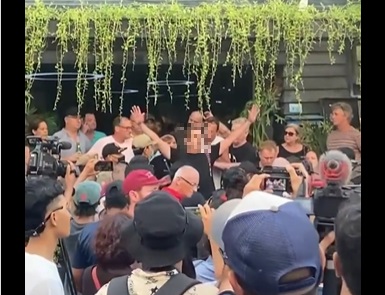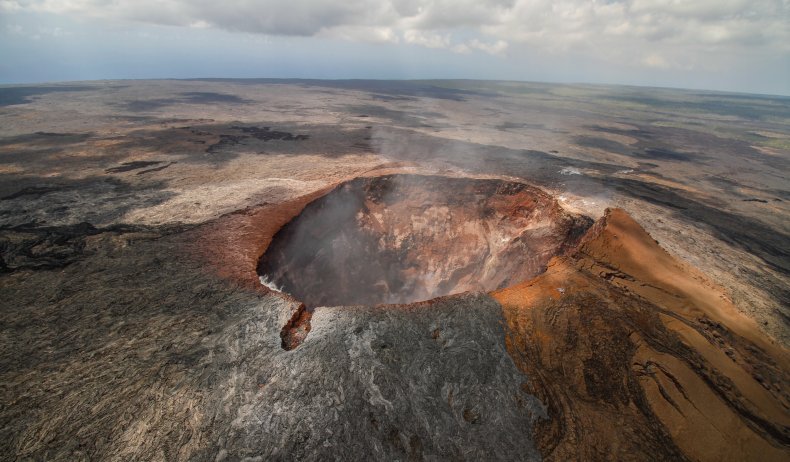Young Peruvian activists determined to make female voices heard
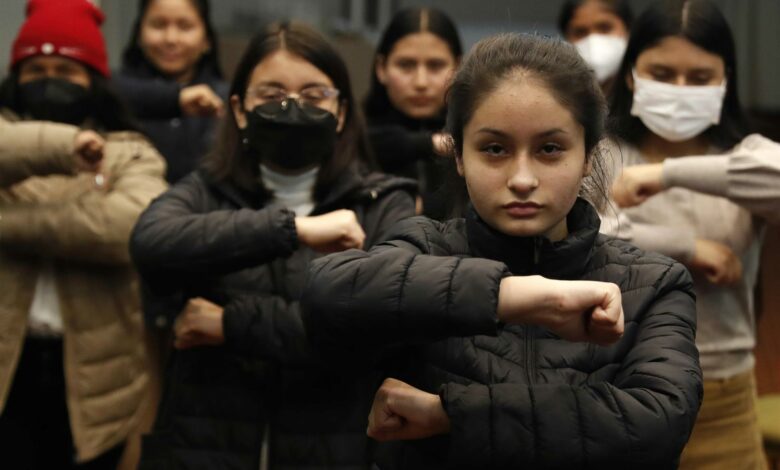
By Carla Samon Ros
Lima, Oct 11 (EFE).- Tania and Sofia are a pair of Peruvian teenagers who were born in different parts of that Andean nation yet share a common vision: to protect women from harm and encourage other girls and female adolescents to make themselves heard in a male-dominated society.
Tania’s voice is calm and measured and her body language conveys strength and self-assurance. But an air of tenderness envelops her when she talks about the projects she has carried out in her community in the northwestern region of Piura.
That 17-year-old developed an initiative known as “Education for Pachamama” (Education for Mother Earth) that she explained is aimed at promoting environmental education through talks and workshops.
She also helped create a project to organize her community’s mototaxis – light, three-wheeled motor vehicles similar to Thailand’s “tuk tuks” and Pakistan’s “chand garis.”
“We saw there was a problem with (teenage girls) going out late at night, and we wanted to find a secure space for them so they could get home safely,” Tania, who says she aspires to become a lawyer to “defend those who have no voice,” told Efe, adding that the idea is to create a network for sharing the numbers and WhatsApp contacts of trustworthy mototaxis.
Some 1,120 kilometers (695 miles) south of Piura, Sofia also took it upon herself to transform her community of San Pedro de Carabayllo, part of Lima province, into an area that is “safe for girls.”
Specifically, the organization she belongs to carried out a gender-focused urban audit to locate and reclaim unsafe areas of her community.
“We reclaimed a location that was infested with street sexual harassment” and which targeted a lot of school-aged girls, the 16-year-old told Efe.
Sofia said she was motivated to become an activist in part by the many dinner-table political debates she heard as a young child, as well as by the “stereotypes, violence, machismo and inequalities that go hand-in-hand with being a female adolescent in Peru.”
Tania and Sofia recently met at an event in Lima to mark the International Day of the Girl Child that was organized by Plan International, a development and humanitarian non-governmental organization. While there, they took part in workshops aimed at fostering the political participation of girls and female adolescents.
“Participation is a right, a principle and the basis of other rights. A girl who feels empowered and can have a say in her life … will later exercise a much more powerful citizenship,” Selmira Carreon, Plan International’s technical coordinator for children’s participation and youth mobilization in Peru, told Efe.
According to a study released this month by Plan International, only half of the girls surveyed said it is acceptable for them to be active in their communities, while 10 percent believe women are not qualified to be political leaders and only 25 percent see themselves as potential candidates for political office.
But many others are determined to forge a new reality for women in Peru.
“We can’t talk about equality in a country where those who make the important decisions are mostly men,” Sofia said. “The old and deep-rooted patriarchal, conservative order doesn’t want us in power and in political spaces because they know we’re the ones who are going to bring … an end to inequality.” EFE
csr/mc





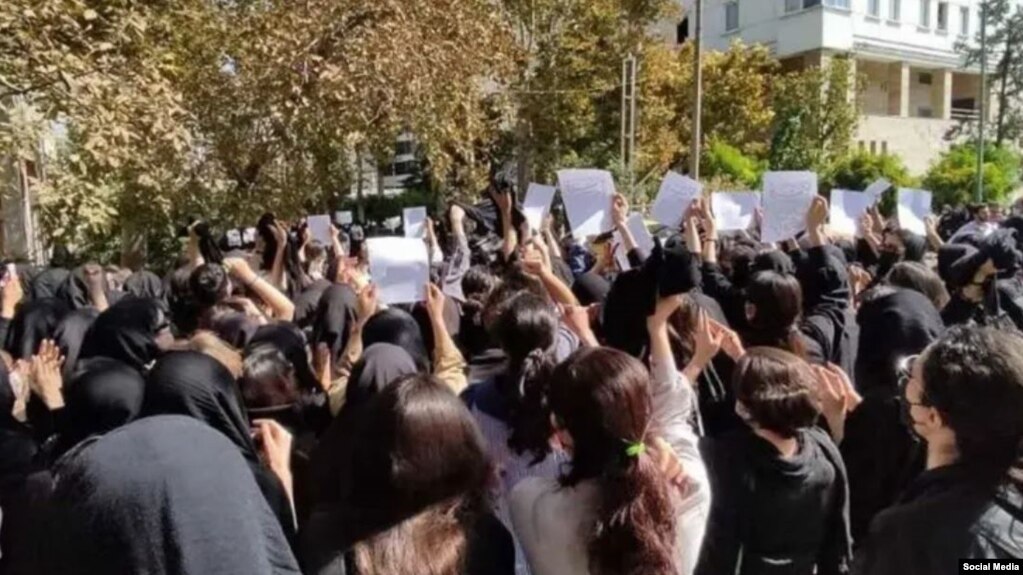
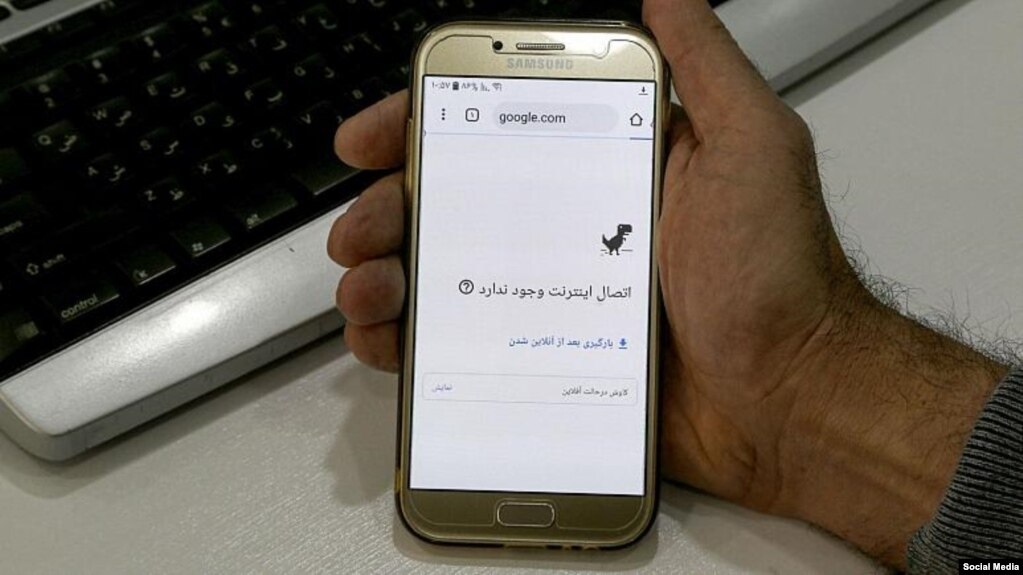

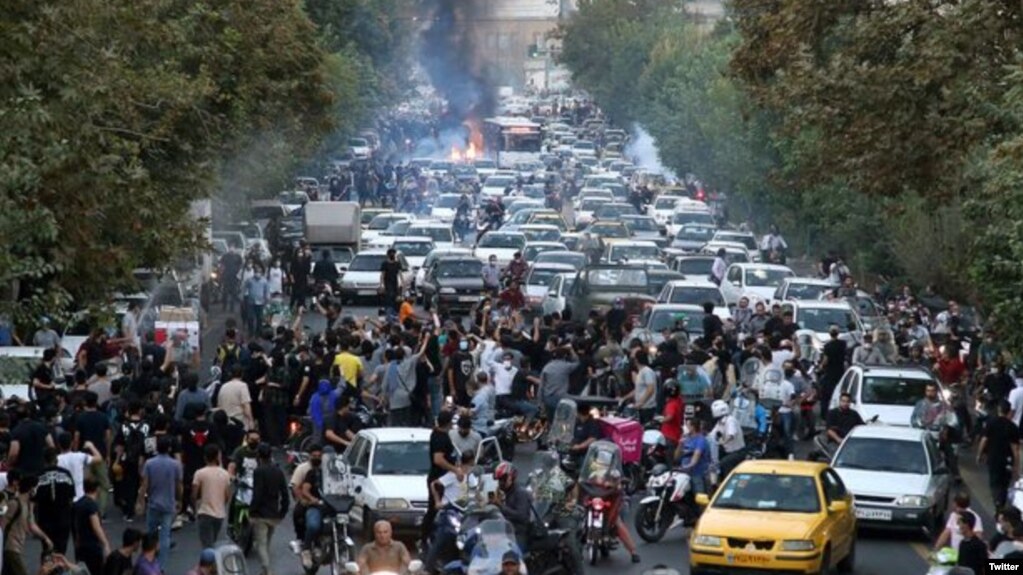
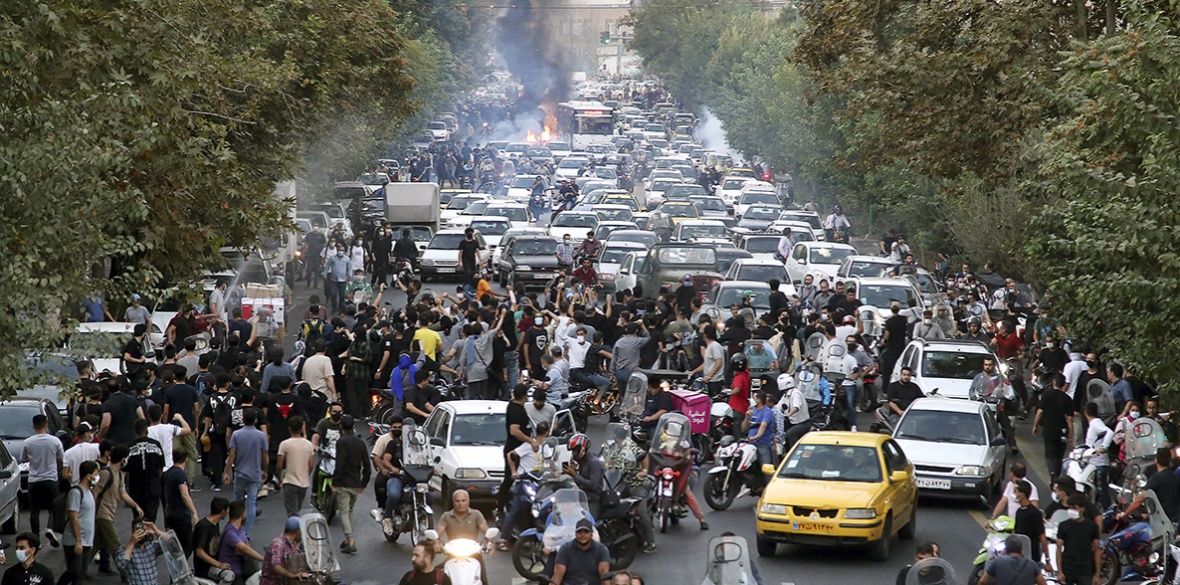


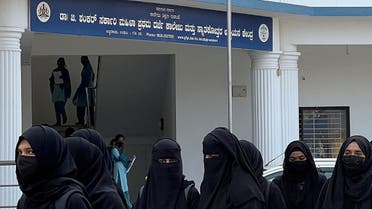
.jpg)
